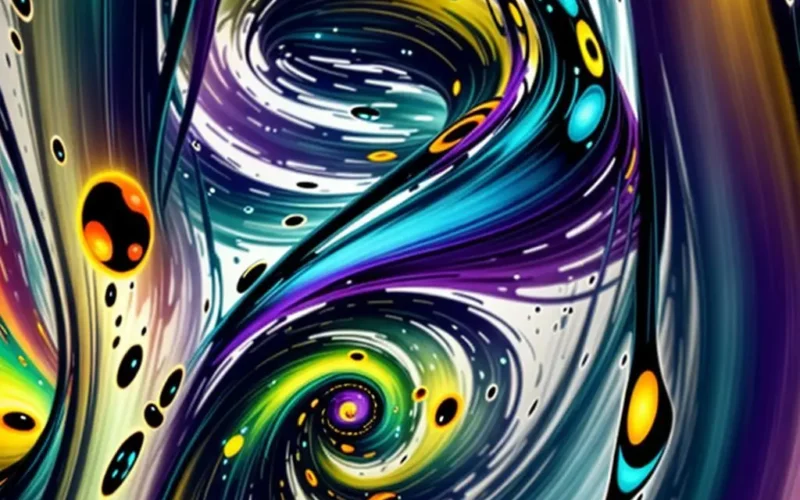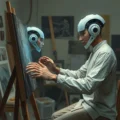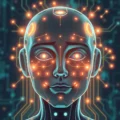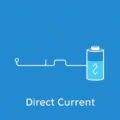Step right up, art aficionados and tech enthusiasts! We’ve arrived at a fascinating crossroads, a place where pixels meet paint and algorithms tango with emotion. In this wild, rapidly evolving world, AI is churning out images that look suspiciously like they belong in a prestigious gallery. But this begs the age-old question, updated for the 21st century: Is it *art*? And perhaps more pressingly, can you actually tell the difference?
Traditionally, art has been synonymous with human hands, minds, and hearts. Think of the skill honed over years, the unique perspective captured on canvas, the deeply personal narrative woven into a sculpture. This is creation born from lived experience, bleeding feeling onto the medium.
Now, juxtapose that with lines of code, complex algorithms predicting aesthetics, generating pixels based on massive datasets scraped from the internet. It computes beauty, yes, but does it feel? Is an intentional brushstroke the same as an unexpected algorithmic flourish? It truly makes you wonder: Where does the algorithm end, and the soul begin?
To get a quick visual taste of the dilemma we’re diving into, take a moment to watch this short explainer:
Table of Contents
The Meteoric Rise of AI Art
Generative AI, particularly models like Midjourney, DALL-E, and Stable Diffusion, have exploded onto the scene, making image creation accessible to anyone with a prompt box. These tools work by learning patterns, styles, and compositions from billions of existing images during their training phase. When you input a text prompt, the AI doesn’t ‘understand’ in a human sense; it predicts the probability of pixels appearing together based on its training data to match the concepts in your prompt.
Early AI art often looked abstract or glitchy, but recent advancements have made it capable of producing incredibly photorealistic images, intricate illustrations, and pieces mimicking specific artistic styles with astonishing accuracy. The barrier to *creating* visually stunning images has plummeted, shifting the skill from manual dexterity and deep technical knowledge of traditional mediums or software to the art of crafting effective prompts – known as prompt engineering.
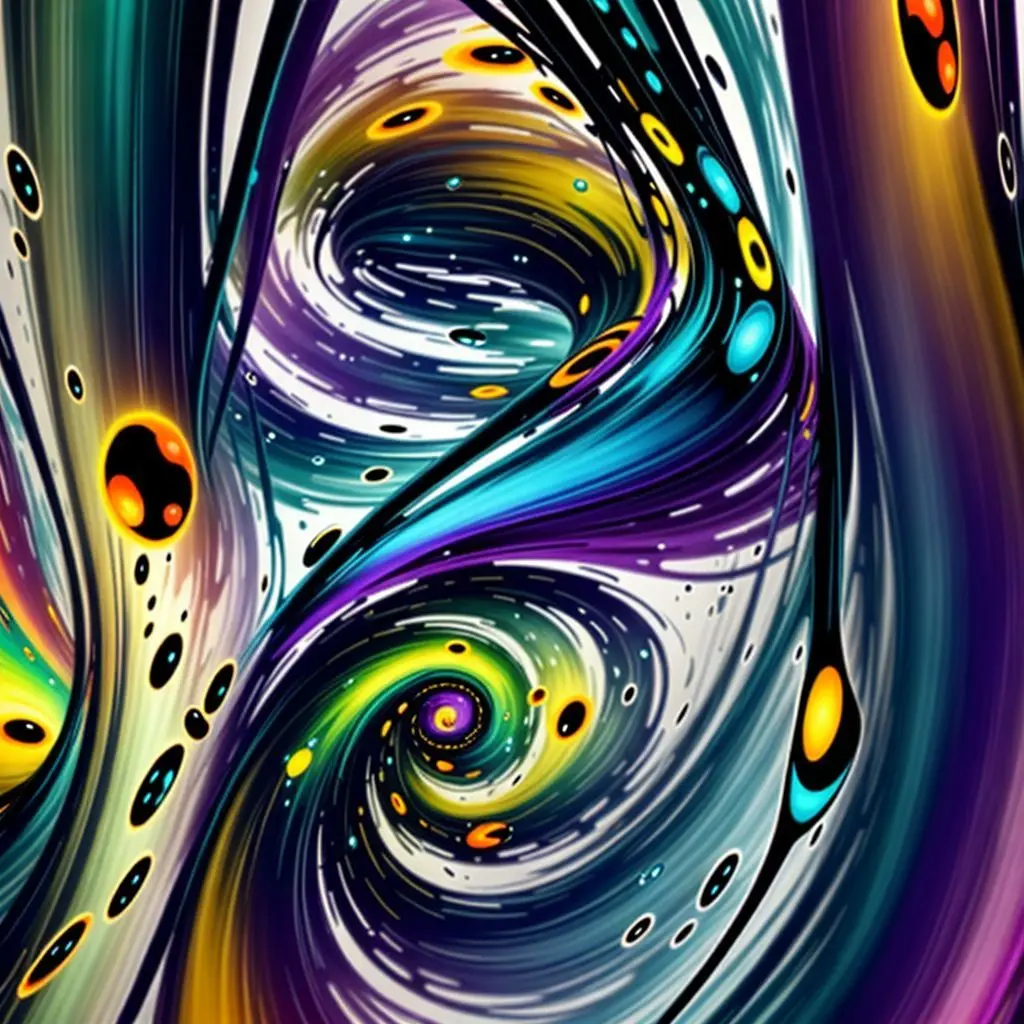
What We Traditionally Call “Human Art”
For millennia, art has been a deeply human endeavor. It involves:
Skill and Craftsmanship: Years spent mastering a medium, whether it’s oil paint, clay, charcoal, or digital software.
Intent and Vision: A deliberate message, emotion, or concept the artist wishes to convey.
Lived Experience: The art is filtered through the artist’s unique history, culture, feelings, and perspective on the world.
Narrative and Storytelling: Even abstract art often carries a story or an emotional weight derived from the artist’s state of being.
Imperfection and Uniqueness: The subtle variations, brushstrokes, or happy accidents that make a piece distinct and reveal the hand of the creator.
Human art is often a journey of exploration, struggle, and discovery. The process itself is integral to the final piece. The artist’s choices, mistakes, and breakthroughs are all embedded within the work.
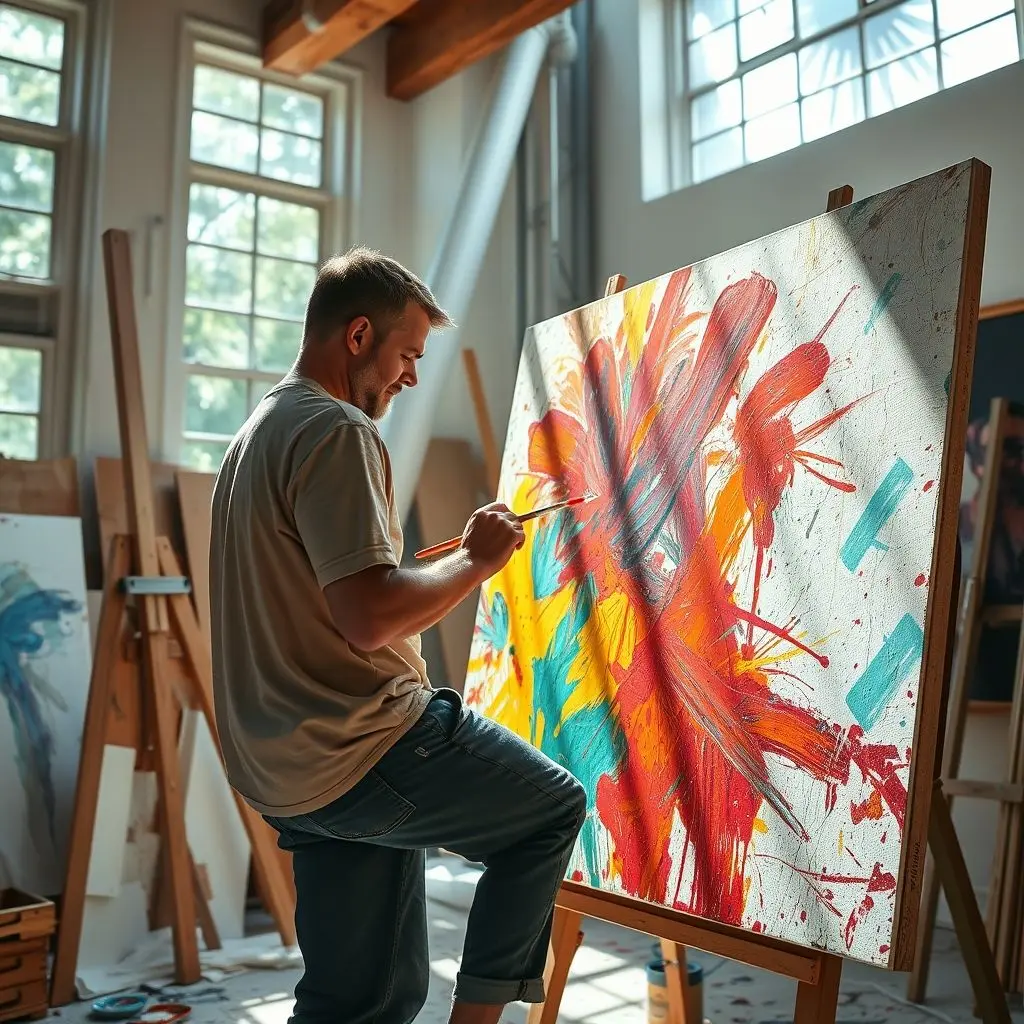
The Great Conundrum: Can You Spot the Difference?
This is where it gets tricky. As AI models become more sophisticated, their output can be remarkably difficult to distinguish from human work, especially to the untrained eye. AI can perfectly replicate textures, lighting, anatomical structures (though sometimes it still struggles with hands!), and complex scenes.
Online challenges and quizzes regularly pop up, asking people to identify which image was AI-generated and which was human-made. Often, the results are split, or people are surprised by the answers. The tells are becoming fewer and more subtle. Sometimes it’s a strange artifact in the background, a repetitive pattern that shouldn’t be there, or that persistent issue with fingers. But these glitches are being ironed out with each model iteration.
The difficulty in distinguishing stems from AI’s ability to learn and mimic. It doesn’t create *from* human experience, but it can create *in the style of* billions of human experiences it has processed. It’s like a hyper-realistic mimic, capable of speaking any visual language flawlessly.
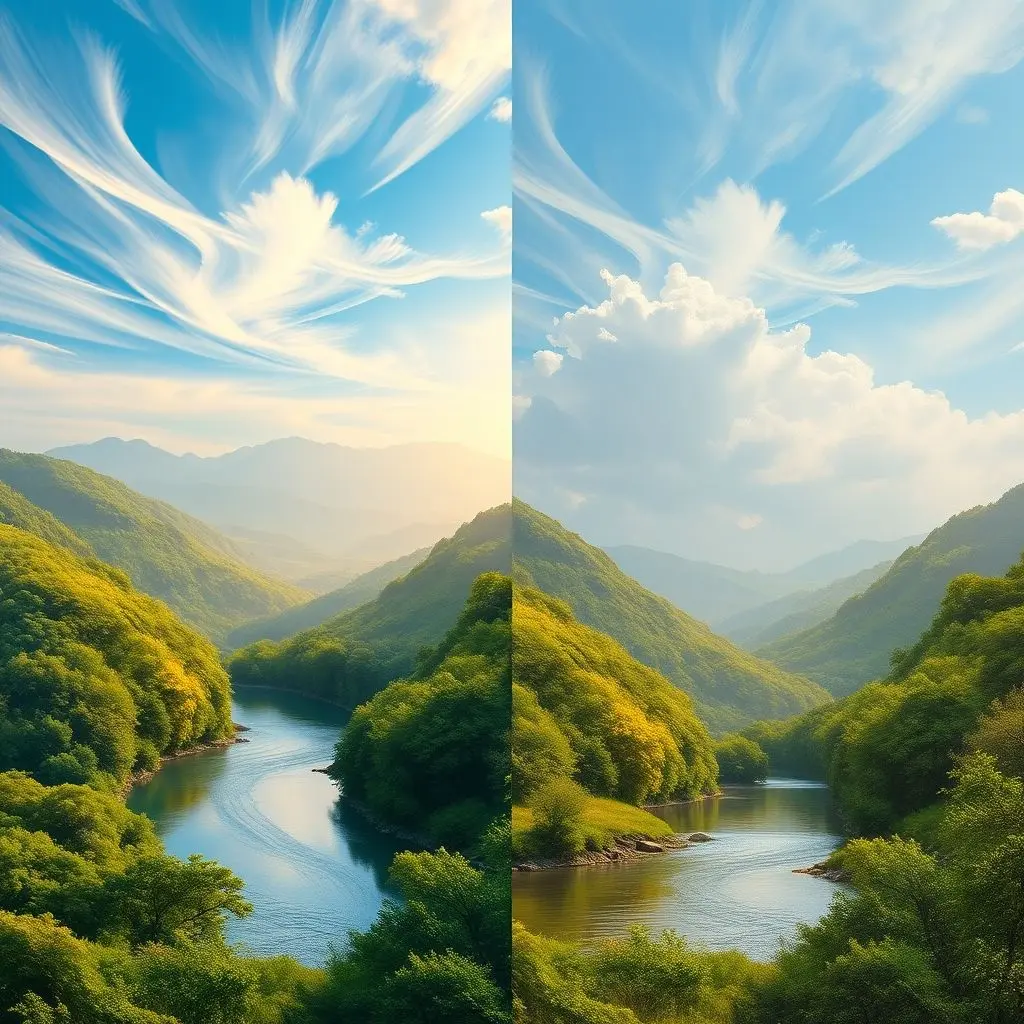
Is AI Art… Art?
This is perhaps the most debated question. If art requires intent, emotion, and a soul, can a machine truly create it? Some arguments:
Against AI Art as “True” Art: It lacks consciousness, lived experience, and genuine intent. It’s a powerful tool for *generating* images, but the *art* might lie with the human who crafted the prompt, curated the results, and had the initial vision. It’s derivative, remixing existing styles rather than inventing truly new ones.
For AI Art as a New Form of Art: The output can evoke emotion, beauty, and provoke thought in the viewer, which is a key function of art. The prompt engineer *does* have intent and skill. AI is just a new medium, like photography was when it first challenged painting. The debate is reminiscent of past arguments against digital art or even abstract expressionism.
There’s no single answer, and the definition of art has always evolved. What was once radical becomes accepted. Perhaps AI art forces us to refine what we value most in creative expression.
Impact on Artists and the Art World
AI art is undeniably disruptive. For digital artists, it can be both a powerful tool for brainstorming and iteration, and a daunting competitor capable of producing similar results at speed and scale. Stock image libraries are already seeing an influx of AI-generated content.
Galleries and collectors are grappling with authenticity, provenance, and valuation. How do you value a piece that can be regenerated or slightly altered countless times? Copyright law is also playing catch-up; who owns the copyright to an image created by an AI? The person who wrote the prompt? The company that built the model? Nobody?
On the other hand, AI can empower artists, providing new avenues for creativity, generating complex textures or backgrounds, or creating visuals that would be technically impossible or prohibitively time-consuming otherwise. It can democratize image creation, allowing people without traditional artistic skills to bring their visual ideas to life.
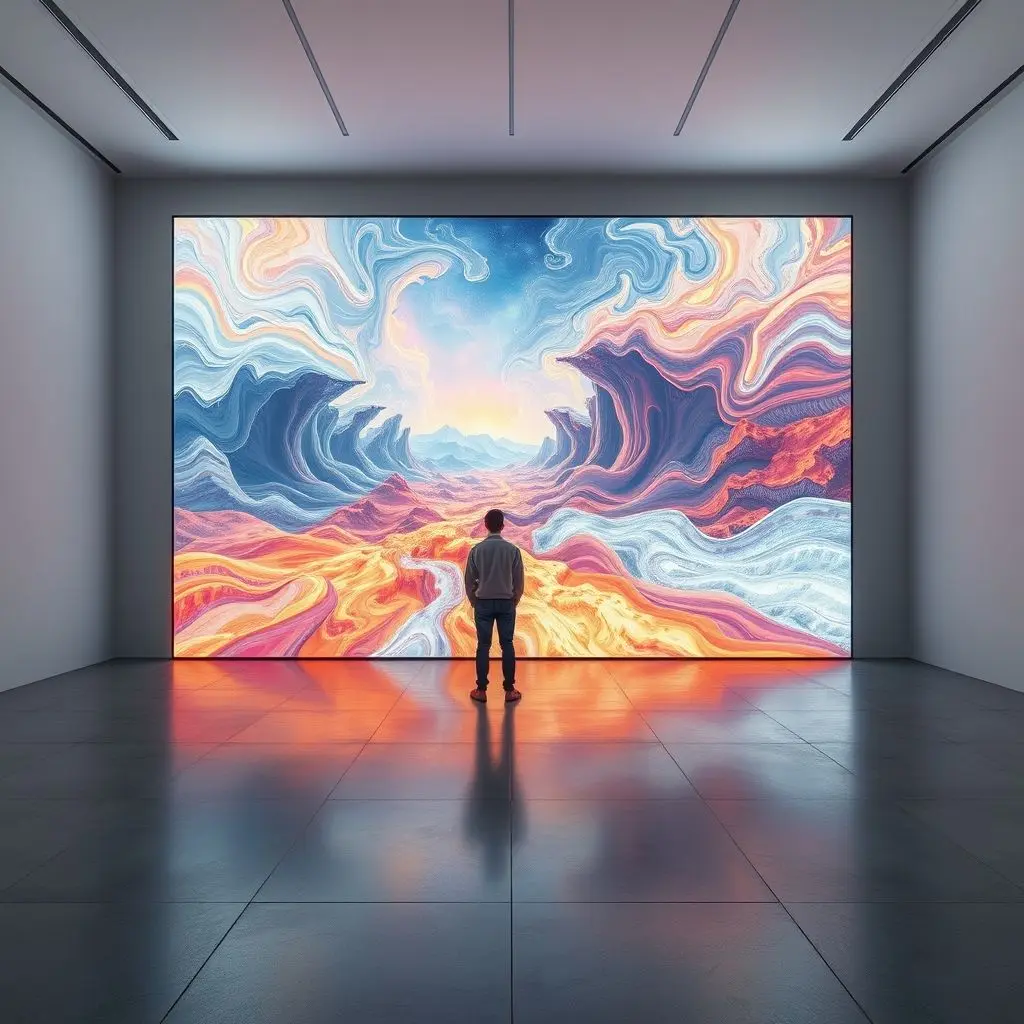
Frequently Asked Questions (FAQs)
Here are some common questions swirling around the AI art debate:
Q: Is AI Art copyrighted?
A: This is complex and varies by jurisdiction. Generally, AI-generated art with no human input may not be eligible for copyright in some places (like the US). If a human significantly edits or directs the AI output, they might claim copyright on the modified result. This area of law is still developing rapidly.
Q: Can AI be truly creative?
A: This depends on your definition of creativity. If creativity requires consciousness, intent, and unique lived experience, then perhaps not in the human sense. If creativity is defined by generating novel, surprising, and valuable outputs, then AI certainly appears to be capable of it based on its training data.
Q: Will AI replace human artists?
A: It’s unlikely to replace *all* human artists, particularly those whose value is tied to their unique perspective, style, process, or the physical nature of their work. However, it will undoubtedly change the landscape for commercial artists, illustrators, and designers, acting as a powerful tool and a source of competition.
Q: How can I spot AI art?
A: Look for inconsistencies (especially in hands, eyes, teeth), unnatural blending of elements, repetitive patterns, strange lighting, or perfect symmetry where it shouldn’t exist. Sometimes, the details are *too* perfect or lack the subtle imperfections of human work. However, these tells are becoming less common as AI improves.
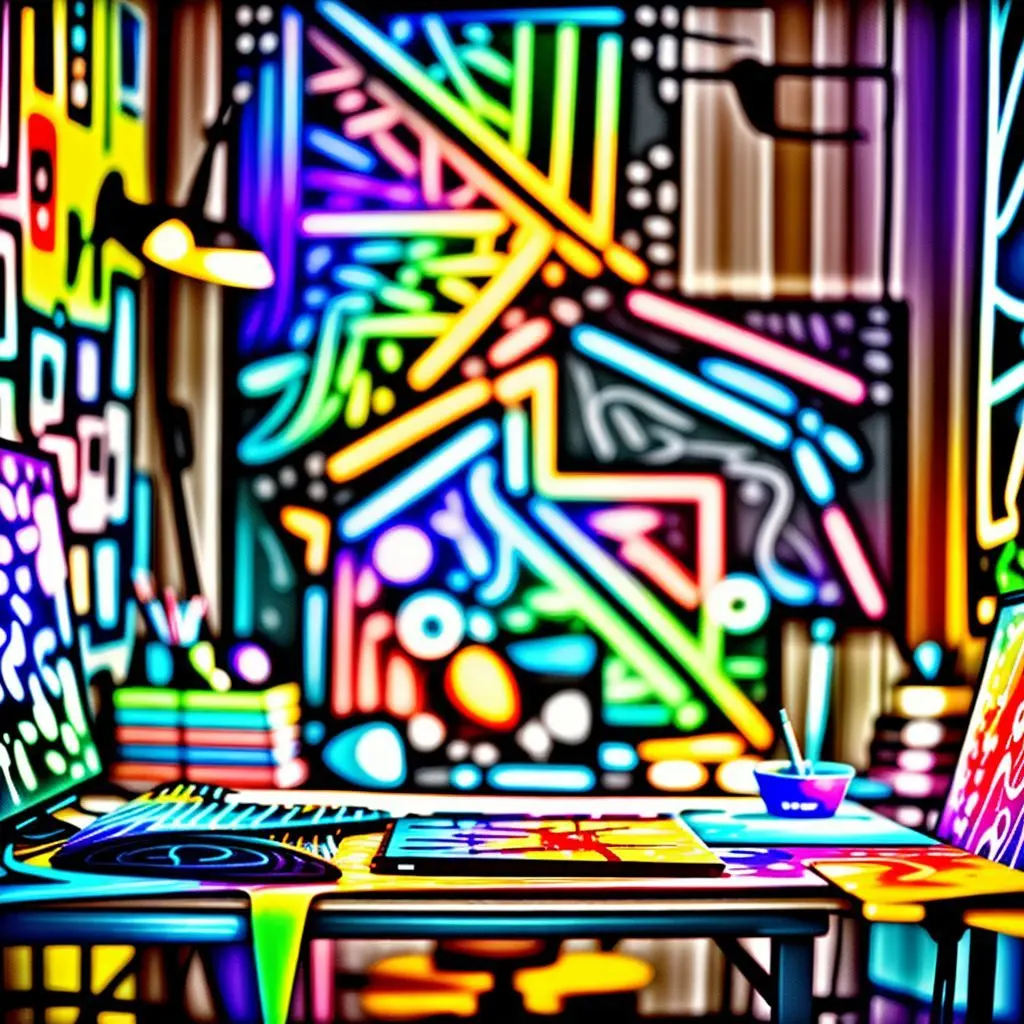
The Unfolding Canvas
As we stand at this fascinating intersection of technology and creativity, the line between AI-generated and human-made art is becoming increasingly blurred. Can you tell the difference? Sometimes yes, sometimes no, and the ‘no’ is becoming more frequent. The challenge forces us to look beyond the surface pixels and ask deeper questions about authorship, intent, originality, and ultimately, what we value in a piece of art.
Is AI art a soulless computation or a new form of expression enabled by powerful tools? Is the ‘artist’ the coder, the prompt engineer, or the machine itself? These aren’t easy questions, and the answers are still being painted onto the canvas of our future. One thing is certain: the conversation around art and creativity has become infinitely more complex and exciting.
